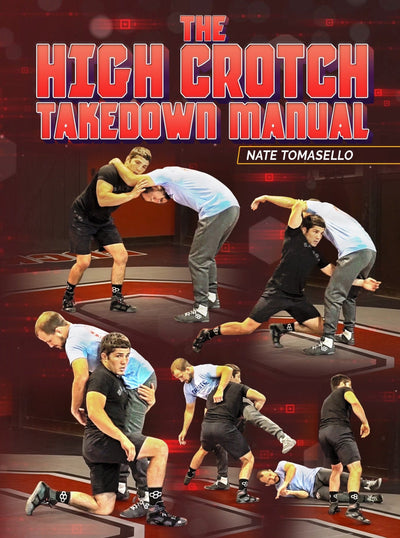SAMBO WRESTLING
Sambo wrestling is a dynamic and versatile combat sport that originated in the Soviet Union in the early 1920s. Combining elements of judo, freestyle wrestling, and various traditional martial arts, sambo has evolved into a formidable and well-rounded discipline. In this article, we will explore the intricacies of sambo wrestling and its relation to folkstyle wrestling, hand fighting wrestling, strong style wrestling, midget wrestling, and huka huka wrestling.
What this article covers:
- Sambo Wrestling: A Fusion of Martial Arts
- Folkstyle Wrestling and Sambo: Finding Common Ground
- Hand Fighting Wrestling and Sambo: The Battle for Control
- Strong Style Wrestling and Sambo: Embracing Realism and Impact
- Midget Wrestling and Sambo: Celebrating Diversity in Combat Sports
- Huka Huka Wrestling and Sambo: Exploring Unconventional Techniques
1. Sambo Wrestling: A Fusion of Martial Arts:
Sambo, an acronym for "SAMozashchita Bez Oruzhiya," translates to "self-defense without weapons." It was created as a practical system for hand-to-hand combat, incorporating techniques from both traditional and modern martial arts. Sambo wrestlers are known for their adaptability, as the sport offers an arsenal of takedowns, throws, ground grappling, and submissions.
Get the best wrestling resources at FanaticWrestling.com!

2. Folkstyle Wrestling and Sambo: Finding Common Ground:
Folkstyle wrestling, commonly practiced in the United States, shares some similarities with sambo wrestling. Both styles emphasize controlling the opponent and positioning to gain an advantage. However, sambo encompasses a broader range of techniques, incorporating throws and submissions more prominently than folkstyle wrestling.
3. Hand Fighting Wrestling and Sambo: The Battle for Control:
Hand fighting is a crucial aspect of both sambo and other wrestling styles. Wrestlers engage in a tactical battle, utilizing various grips, wrist control, and positioning to dominate their opponents. In sambo, hand fighting is particularly important in setting up throws and takedowns, allowing wrestlers to showcase their technical prowess.
4. Strong Style Wrestling and Sambo: Embracing Realism and Impact:
Strong style wrestling, popularized in Japan, emphasizes realistic strikes and intense submission holds. Similarly, sambo wrestlers deliver hard-hitting moves and impactful strikes, making it a natural fit for those who appreciate the raw power and authenticity of strong style wrestling.
5. Midget Wrestling and Sambo: Celebrating Diversity in Combat Sports:
While not directly related in terms of style, midget wrestling and sambo share the common theme of celebrating diversity in combat sports. Sambo, like other wrestling styles, welcomes athletes of all shapes, sizes, and backgrounds, showcasing the universality of grappling as a form of athletic expression.
6. Huka Huka Wrestling and Sambo: Exploring Unconventional Techniques:
Huka Huka wrestling, a lesser-known style originating in France, focuses on techniques performed while seated on the ground. Sambo, while not incorporating the same techniques as Huka Huka, also encourages adaptability and creativity, making it an attractive option for wrestlers seeking to explore unconventional techniques.
In conclusion, sambo wrestling stands as a unique and adaptable combat sport, drawing from various martial arts to create a well-rounded discipline. While sambo shares some similarities with folkstyle and hand fighting wrestling, it also incorporates elements that make it distinct. Its versatility allows wrestlers to explore a wide range of techniques, making it an appealing option for athletes who appreciate realism, impact, and creative expression in combat sports. Whether practicing strong style, midget wrestling, huka huka wrestling, or other styles, sambo wrestlers contribute to the rich tapestry of combat sports, proving that wrestling truly knows no boundaries.
Get the best wrestling resources at FanaticWrestling.com!

Did You Enjoy This Piece? Check out Other Wrestling Moves:
- Independent Wrestling
- Luchador Wrestling
- GFS Wrestling Move
- Kinshasha Wrestling Move
- Lariat Wrestling Move
- Gut Wrench Wrestling
- Frog Splash Wrestling
- How to Get Off Your Back in Wrestling
- How to Defend Armbar in Wrestling
- The Abdominal Stretch Wrestling Move
- Leg Wrestling Moves
- The Wrestling Leg Ride
- Leg Drop Wrestling
- Wrestling Throws
- Suplex Wrestling Move









